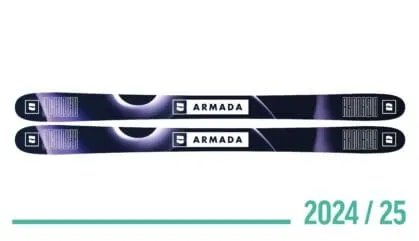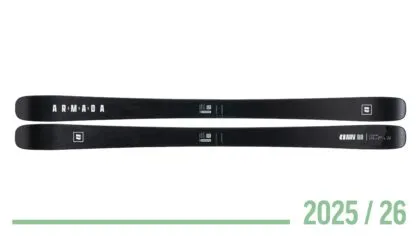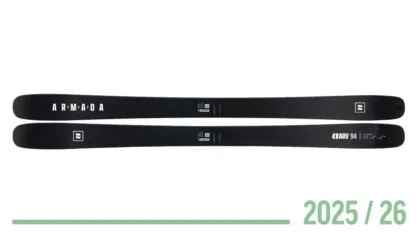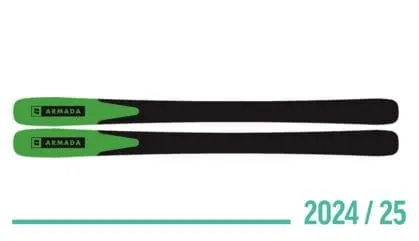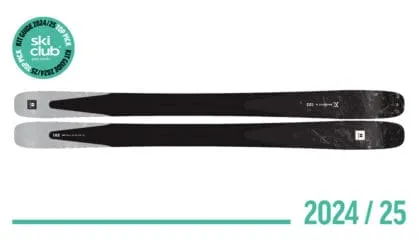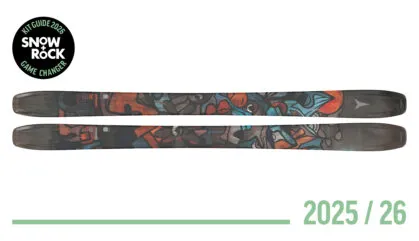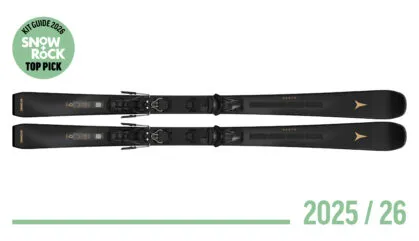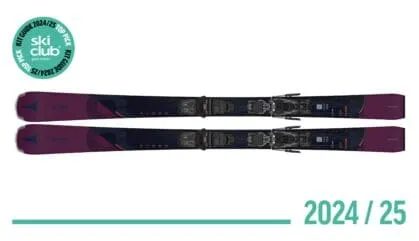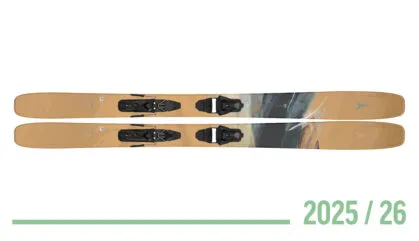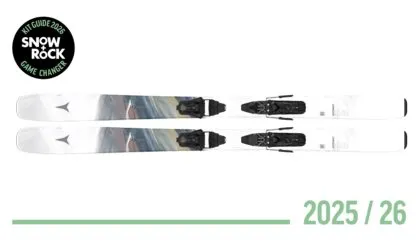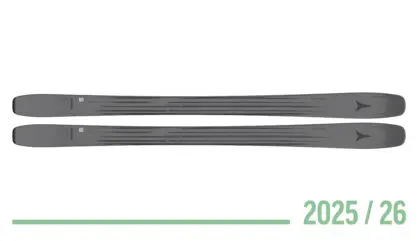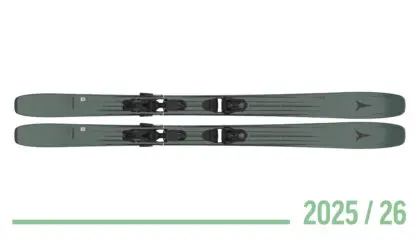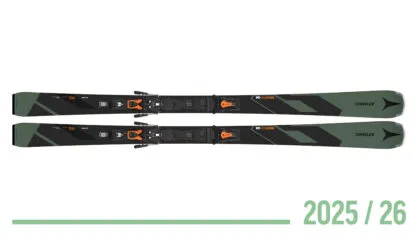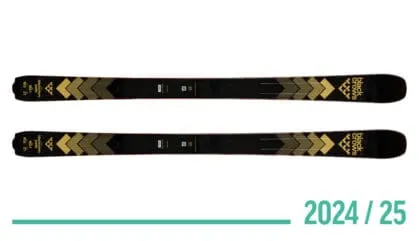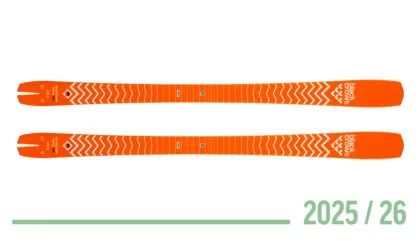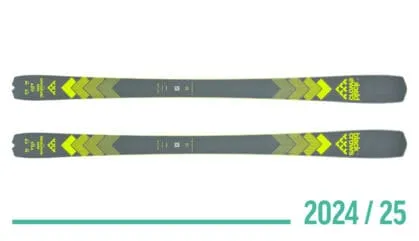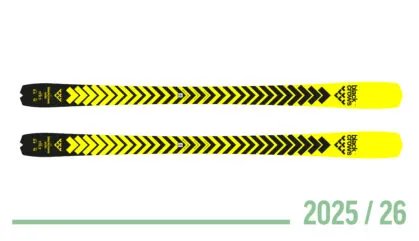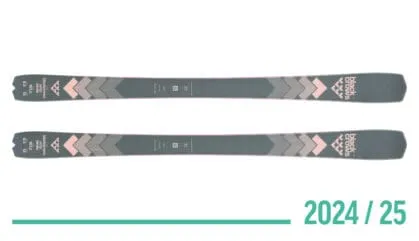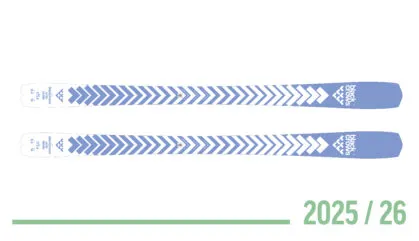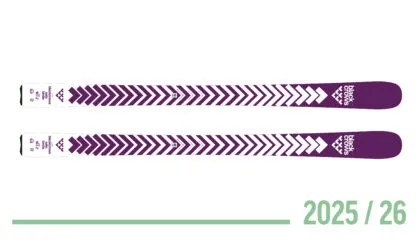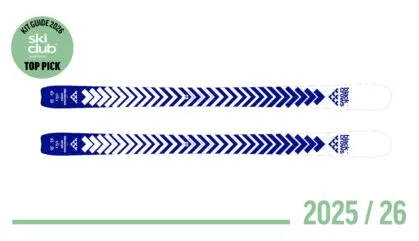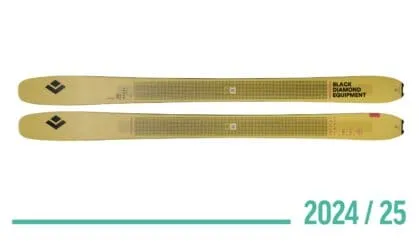Looking for a new big-mountain, big-line sender? Or an all mountain one ski quiver that can cruise the pistes with family and spread their wings off piste? How about your next tight-turning slalom-esque ski? Here you will the Ski Club’s write ups and reviews of the latest and best skis to bring you our Top Picks – and plenty more awesome skis – each winter.
Find a Review
Ski test FAQs
If you’re looking human advice on the best skis for you by emailing the club’s Information and Advice service at , or give us a call on 020 8410 2009.
There are trade shows before the SIGB ski test, which the Ski Club attends. This allows us to narrow down key models of skis to test so we know the skis we report on will be available to skiers to buy in the UK. At the SIGB ski test there are over 700 skis available to test and this is why it is important that we know the game plan before we get there.
Each season the Ski Club and Mark Jones put together a team of 10-14 testers, made up of highly qualified and experienced BASI instructors, ex-Team GB racers and Ski Club staff, and sometimes we even get current Team GB members testing with us. The testers need to be able to pick out the minute differences that can separate skis, as well as knowing the needs of different levels of skiers and their wants/needs. It is equally as important that the testers can isolate the differences in skis caused by variations in snow conditions, servicing of the skis etc – after all we are testing the skis and not the snow or the service teams.
Each member of our test team puts around 40 models of ski through their paces in a week, and for a ski to get into our final test it has to have at least three members of our team test it – that’s around 500 runs on the pool of skis we are testing over the 4 1/2 days of testing.
We test in groups of three or four within our team, and each group tests certain models from each category of skis (ie all-mountain, freeride, piste performance etc) and each group decides on a category winner (or winners). Then another group gets to ski the top few models and as one team we decide on the winner for each category – the winners then get an award in Ski+board and on skiclub.co.uk – we give two types of award; Top Performance and Top Value.
- Top Performer: This is awarded to the outstanding ski in their category, a ski that the team would confidently recommend, which we know would give skiers a superb time skiing – no hidden surprises, a ski without any real weaknesses. As we are testing the question often comes up, ‘If you had to recommend one ski to people from this category, or if you had to buy a pair of these skis, which would it be?’ Theses skis in the top performer category are these ones!
- Top Value: This is awarded to skis the test team consider to offer outstanding performance for the price they cost. This is no way is a budget model compromising on performance – some of the Top Value winners may perform easily as well as Top Performance, but they can have the added benefit of being fantastic value.
Sometimes there’ll be more than one ski with the same award in one group. This simply reflects our honest opinions; often there’s no clear winner – just superb skis with a different slant on interacting with the mountain. Use our skier-ability chart next to each ski to ensure the model tested is within your range.
While testing we continually discuss the skis so we get a true and full picture of the different skis and technology and how this will translate to the people that buy the skis – this is the best way of ensuring that you get a true and full test of the kit you are interested in.
The arduous task of compiling the results and writing the tests up is done by Mark Jones. Ski Club members get to see some results of our test in Ski+board magazine while the full range of skis we test appears in the Ski Test pages online.
Piste skis have not seen the huge changes and mega-redesigns this season that we have noted on past ski tests. Having settled on what works with current technology to give you edge hold and easy turn initiation, brands are now making minor tweaks and adjustments based on what has worked for them on the World Cup circuit.
The results can be breath-taking. With a growing focus on stability whilst on edge as a way to shorten the radius but not lose control in longer turns, the biggest changes we have seen is the growth of shock absorption technology and multi-radii sidecuts.
Shock absorption has been achieved in a variety of ways, almost all of them by adding a material or system to the core of the ski to help it ride over varying terrain. Rossignol’s Line Control Technology, imported directly from their World Cup models, is perhaps the best example of the latter, achieved by adding a vertical line of titanal down the length of the ski. For more-out-of-the-box skiers, Head have used KERS technology for many years, and have now moved to an in-house Energy Management System which absorbs the power of the ski and turns a soft, quick whipping short turn ski into a masterful cruising piste ski.
Multi-radii skis are seen more widely in all-mountain and freeride skis, but their introduction into skis like Fischer’s The Curv have, and will well into the future, revolutionise your ski. The short, slalom radius at the tip helps turn initiation, but a GS or wider radius at the back will just help hold, hold, hold through the tail of the turn.
We knew immediately which skis would be in our top three when stepping on them – bringing together these technologies to create a ski that perfects short turn agility with long turn hold, a quiet revolution in piste skiing happening under our very boots.
If the 2010s were the decade of the all-mountain ski, then the 2020s are rapidly becoming the decade of the complete all-mountain setup. Seeing greater influences from touring technology and with the growing availability of true hybrid setups, there is now no reason not to free the heel and take your one-ski quiver over the whole mountain.
We were surprised by some of the brands that ended up taking our top picks in this category, and they all did it for very different reasons. A common theme throughout our top picks, however, was the use of innovative weight-saving materials that double up as shock absorption material. Glass fibre strands on Black Crows and vertical bands of titanal on Armada, creating confidence inspiring skis for whatever your ski day throws at you. Armada, best known for their freestyle rigs, blew our socks off this year with their brand-new declivity and reliance ranges, skis we felt engage the front of the boot better than many others and provided confidence and control to allow us to go anywhere.
The final ingredients to these go anywhere, do anything planks are the bindings and boots you bring to the party. Salomon pioneered the true hybrid set-up with their QST range, and this has transitioned into the superb SHIFT Pro range, featuring bindings and boots that have seen rave reviews from mountain guides and recreational skiers alike. Not far behind are MDV, with their Marke Duke bindings and Dalbello Lupo boots, ably responding to the challenge laid down by Salomon and providing more choice than ever for the go-anywhere skier.
Long gone are the days of the big freeride boats required to conquer powder days. Now freeride skis present a finesse and precision many thought impossible ten years or so go. The influence of touring is felt strongly in this category as well, and is perhaps the biggest reason for this refinement.
The most noticeable difference is the slight lengthening and obvious straightening of skis, alongside the flattening of tail rockers designed to make kick turns easier. Introducing glass fibre and removing titanium plates saves weight, whilst also creating a control which has heretofore been missing from freeride skis.
What surprised us the most from this category was the handling of these skis on piste – always useful when our test site, Kühtai in Austria, hasn’t seen an ounce of snow in weeks and we are bathed in springtime sunshine! Across icy pitches and groomers, slush and bumps, the freeride skis we tested carried us well from top to bottom, and conquered the last few remaining patches of powder with consummate ease.
This stripped back affair does not explain our two standouts from this category, the Elan Ripstick and Völkl M6 Mantra. Both wowed us with their tech, showing us that fat, wide big mountain skis are not excused from having the same tech-inspire control as their thinner cousins.

